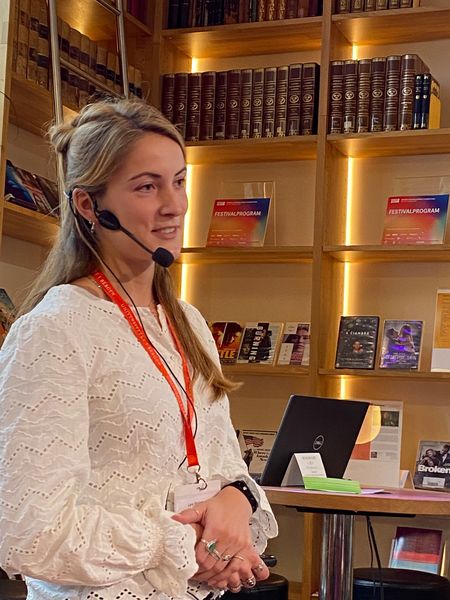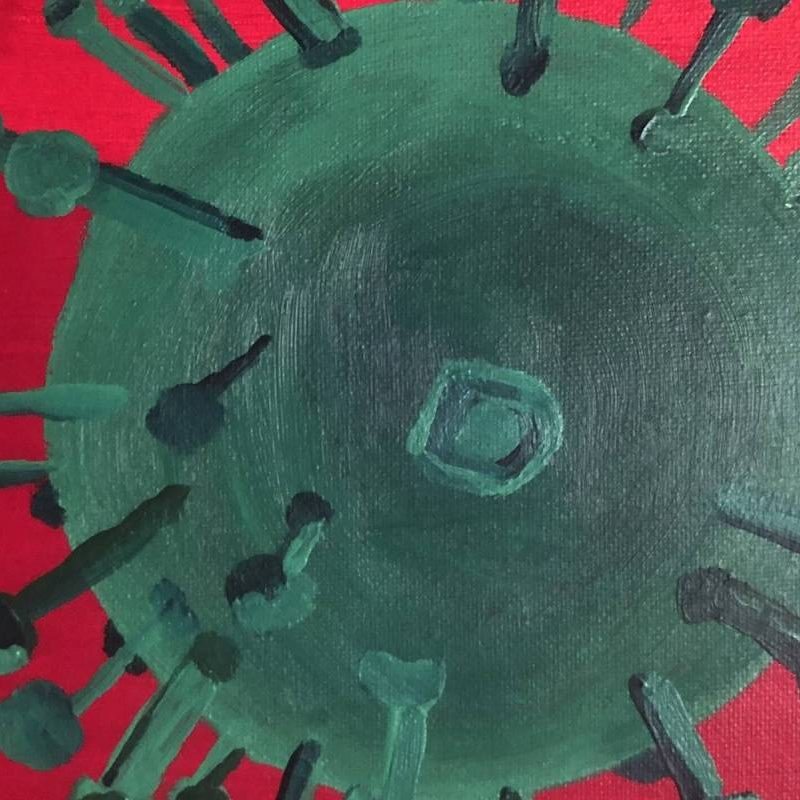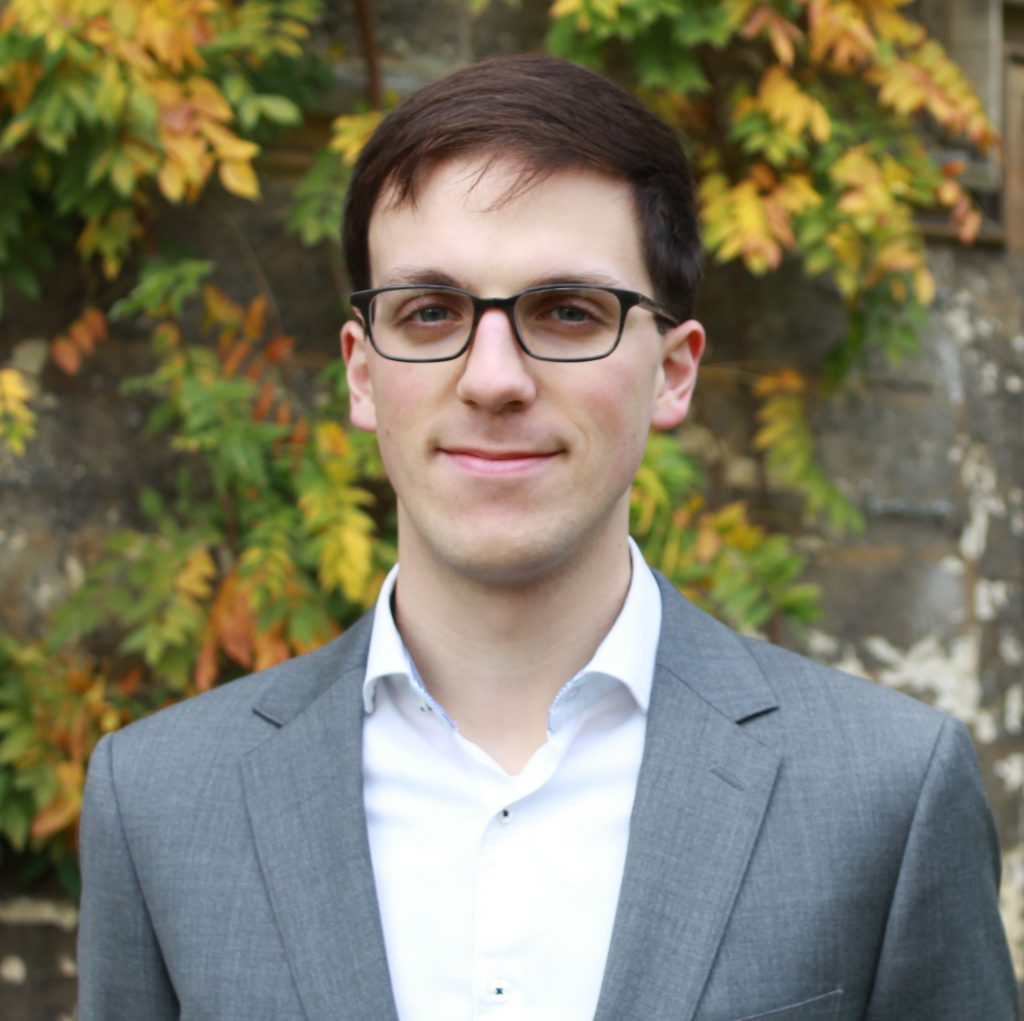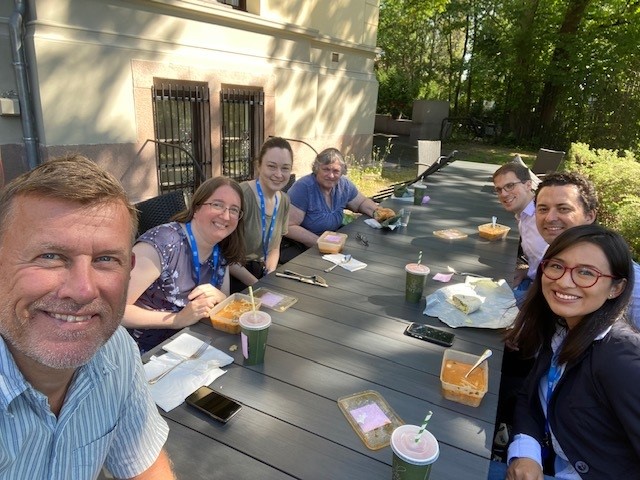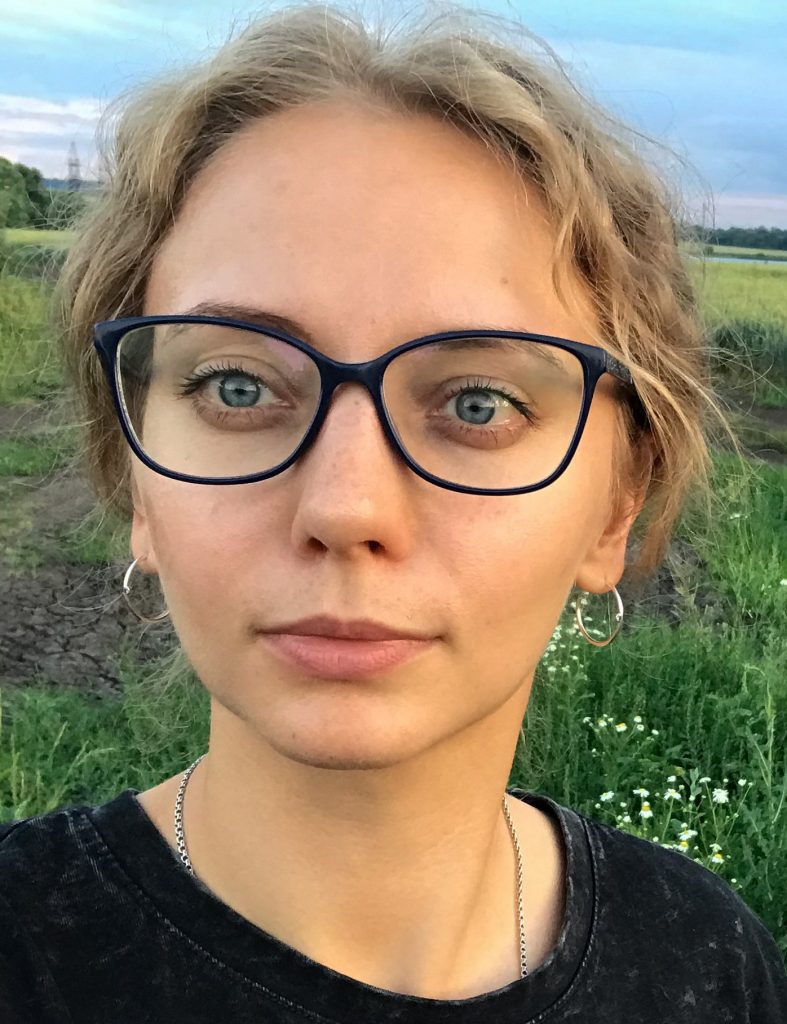You can read the new paper here: Disparities in the offer of COVID-19 vaccination to migrants and non-migrants in Norway: a cross sectional survey study | BMC Public Health | Full Text (biomedcentral.com)
Vaccination is key to reducing the spread and impacts of COVID-19 and other infectious diseases. Migrants, compared to majority populations, tend to have lower vaccination rates, as well as higher infection disease burdens. Previous studies have tried to understand these disparities based on factors such as misinformation, vaccine hesitancy or medical mistrust. However, the necessary precondition of receiving, or recognizing receipt, of an offer to get a vaccine must also be considered.
Methods
We conducted a web-based survey in six parishes in Oslo that have a high proportion of migrant residents and were hard-hit during the COVID-19 pandemic. Logistic regression analyses were conducted to investigate differences in reporting being offered the COVID-19 vaccine based on migrant status. Different models controlling for vaccination prioritization variables (age, underlying health conditions, and health-related jobs), socioeconomic and demographic variables, and variables specific to migrant status (language spoken at home and years lived in Norway) were conducted.
Results
Responses from 5,442 participants (response rate of 9.1%) were included in analyses. The sample included 1,284 (23.6%) migrants. Fewer migrants than non-migrants reported receiving a vaccine offer (68.1% vs. 81.1%), and this difference was significant after controlling for prioritization variables (OR 0.65, 95% CI: 0.52–0.82). Subsequent models showed higher odds ratios for reporting having been offered the vaccine for females, and lower odds ratios for those with university education. There were few to no significant differences based on language spoken at home, or among birth countries compared to each other. Duration of residence emerged as an important explanatory variable, as migrants who had lived in Norway for fewer than 15 years were less likely to report offer of a vaccine.
Conclusion
Results were consistent with studies that show disparities between non-migrants and migrants in actual vaccine uptake. While differences in receiving an offer cannot fully explain disparities in vaccination rates, our analyses suggest that receiving, or recognizing and understanding, an offer does play a role. Issues related to duration of residence, such as inclusion in population and health registries and health and digital literacy, should be addressed by policymakers and health services organizers.
